With support from the USAID Civil Society Engagement Program, the Social Justice Center (SJC) is analyzing the targeted social assistance program and its impact on family welfare in Georgia. In particular, the organization is assessing the following aspects of the program: the methodology used for distributing financial aid, the levels of fairness and transparency in the way beneficiaries’ eligibility for the program is determined, and the program’s overall effectiveness in alleviating poverty in the country.
In July, SJC published its first research report, which studied the role of social allowances in the state social assistance program. According to the survey, social allowance is a key part of the social protection system in Georgia and its number of beneficiaries continues to increase every year, currently standing at more than 660,000. Despite this, poverty levels in the country remain high. The analysis also found that the program excludes the most vulnerable groups (e.g., homeless people) and does not offer additional support to various marginalized groups (e.g., ethnic minorities and people with disabilities) in applying and accessing the program. Because other central and/or municipal social services are linked to social allowances, those who do not qualify or struggle to access the social allowance program are also deprived of these additional services.
Using the data gathered from this research, the Social Justice Center has identified systemic problems in the targeted social assistance program and offered recommendations to improve them based on international standards and best practices. You can see the findings and recommendations in the report here. Make sure to follow the Social Justice Center on Facebook to see more analysis of Georgia’s social assistance system in the coming months.



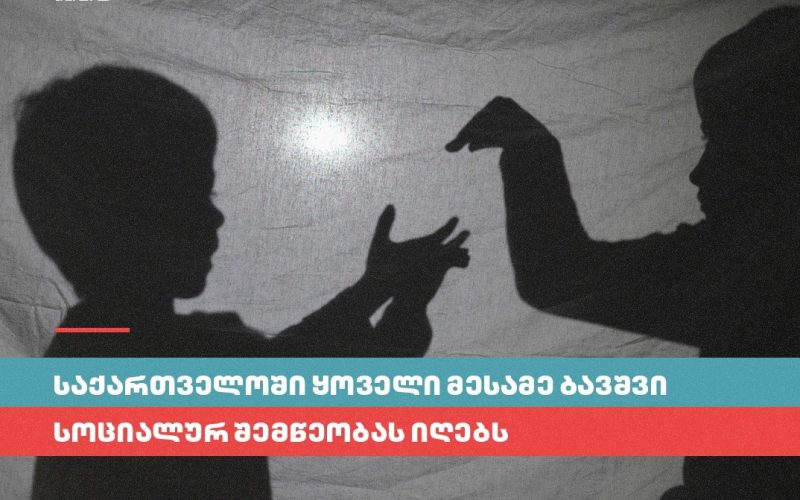

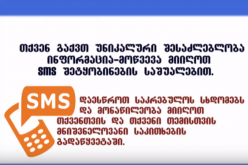

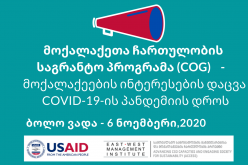
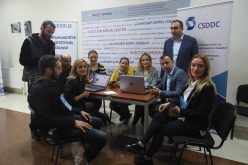

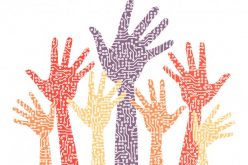




Leave a Reply